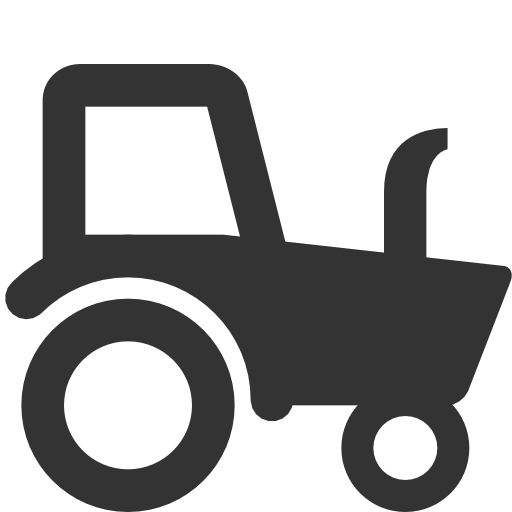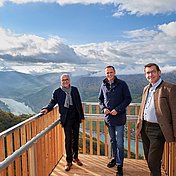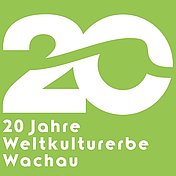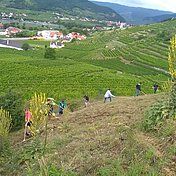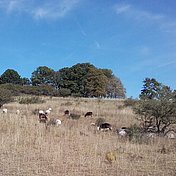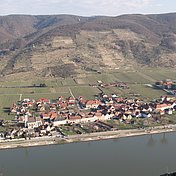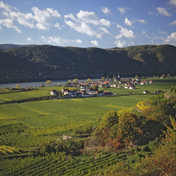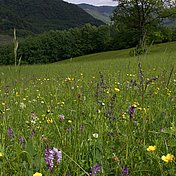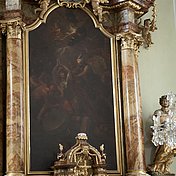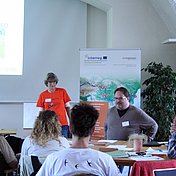Seit 2002 befasst sich die Wachau intensiv mit der Weiterentwicklung der Region und der Kulturlandschaft durch entsprechende Projektvorhaben. Dabei bedient sie sich einer Reihe von europäischen und nationalen Förderprogrammen. Eine Liste abgeschlossener Projekte aus der Förderperiode 2002-2006 finden sie hier:
Projekte LEADER+ 2002-2006
Projekte
Filter:
Topics:
Funding Agencies & Partners:

